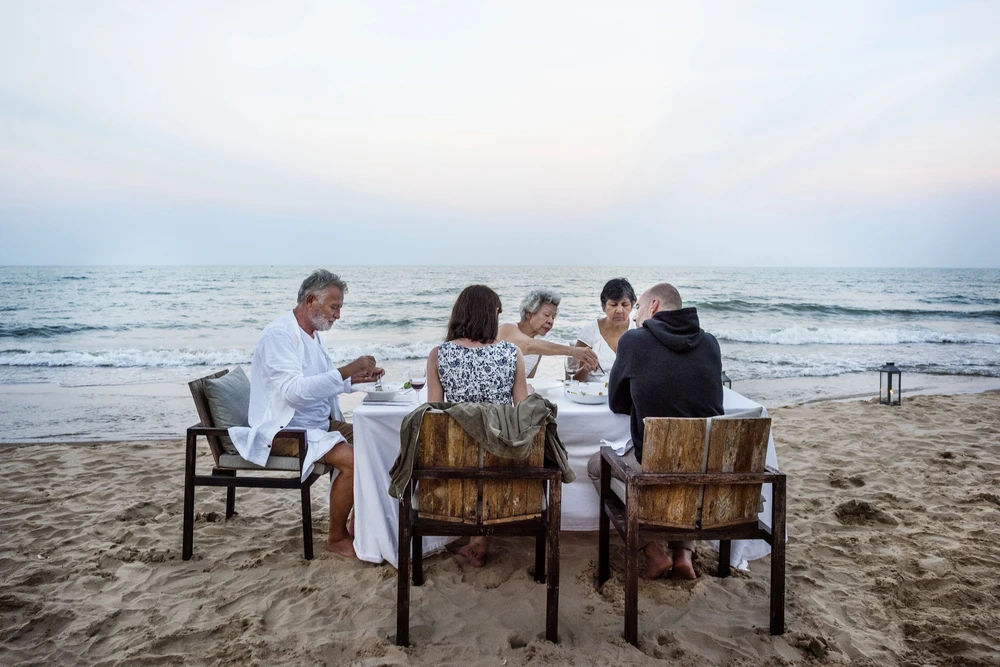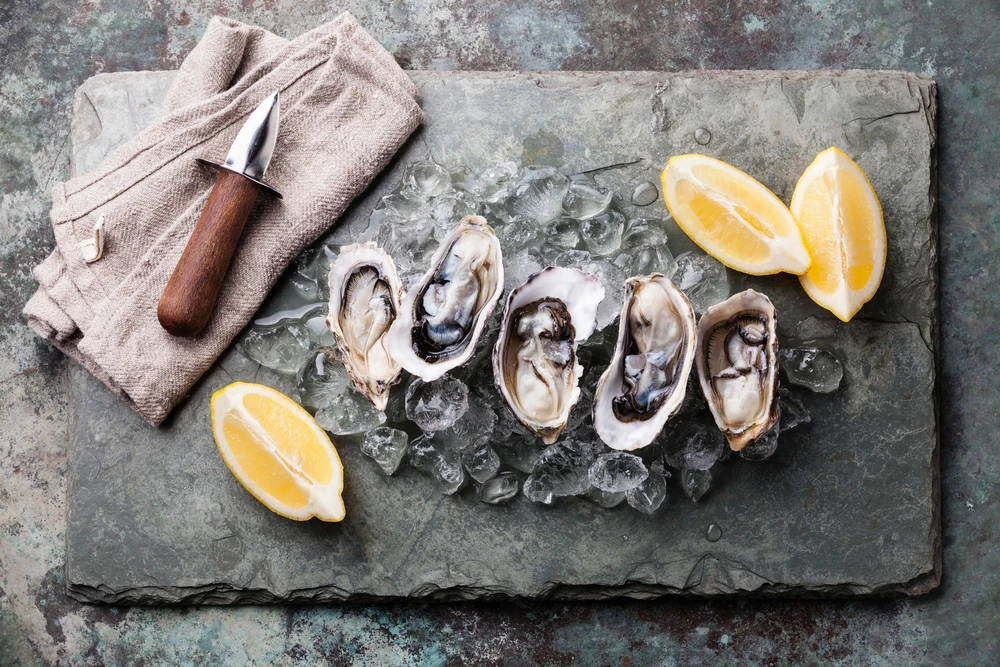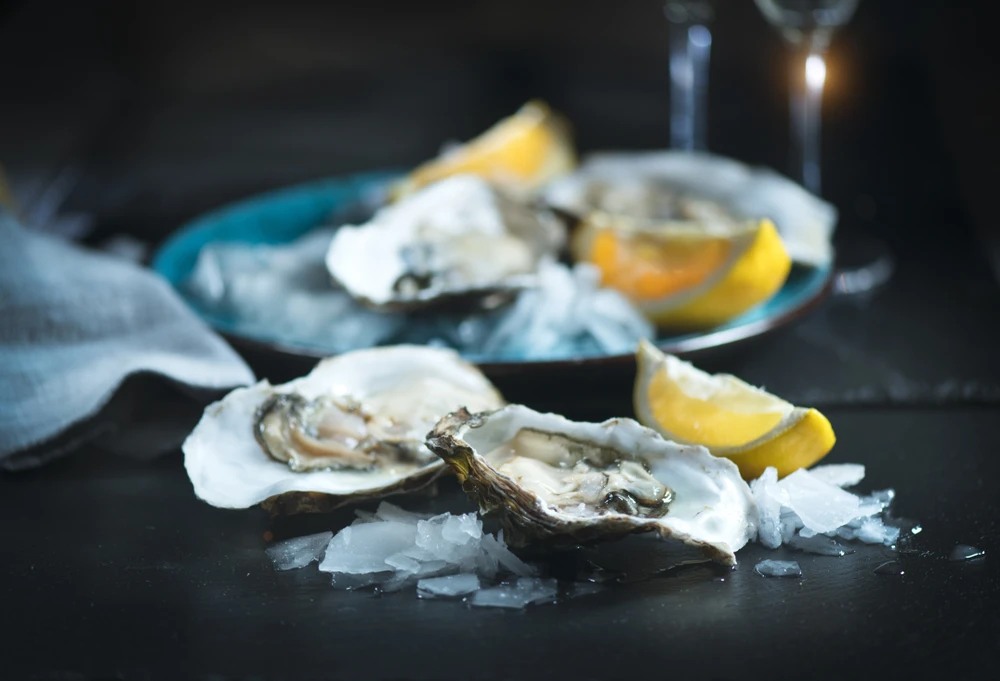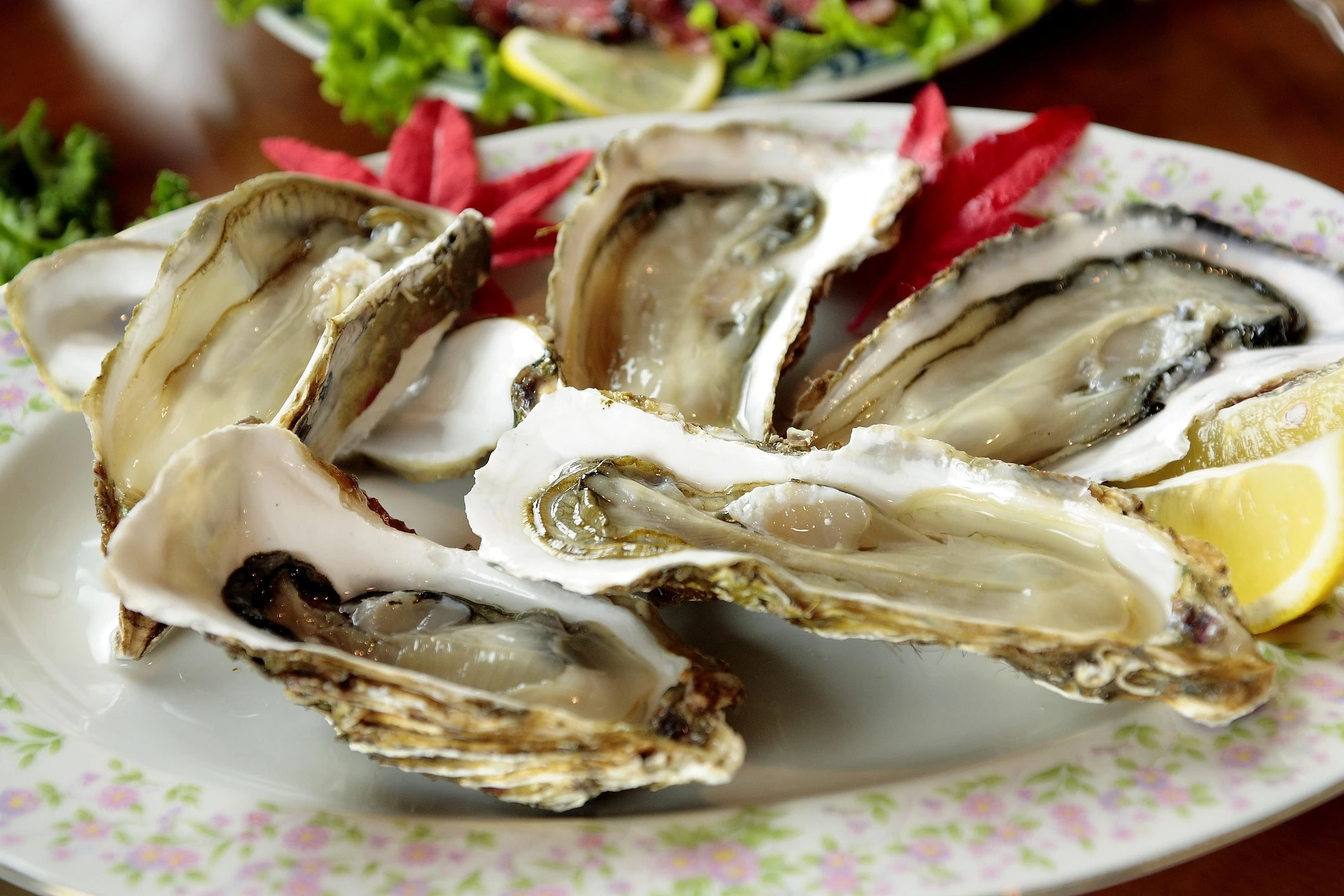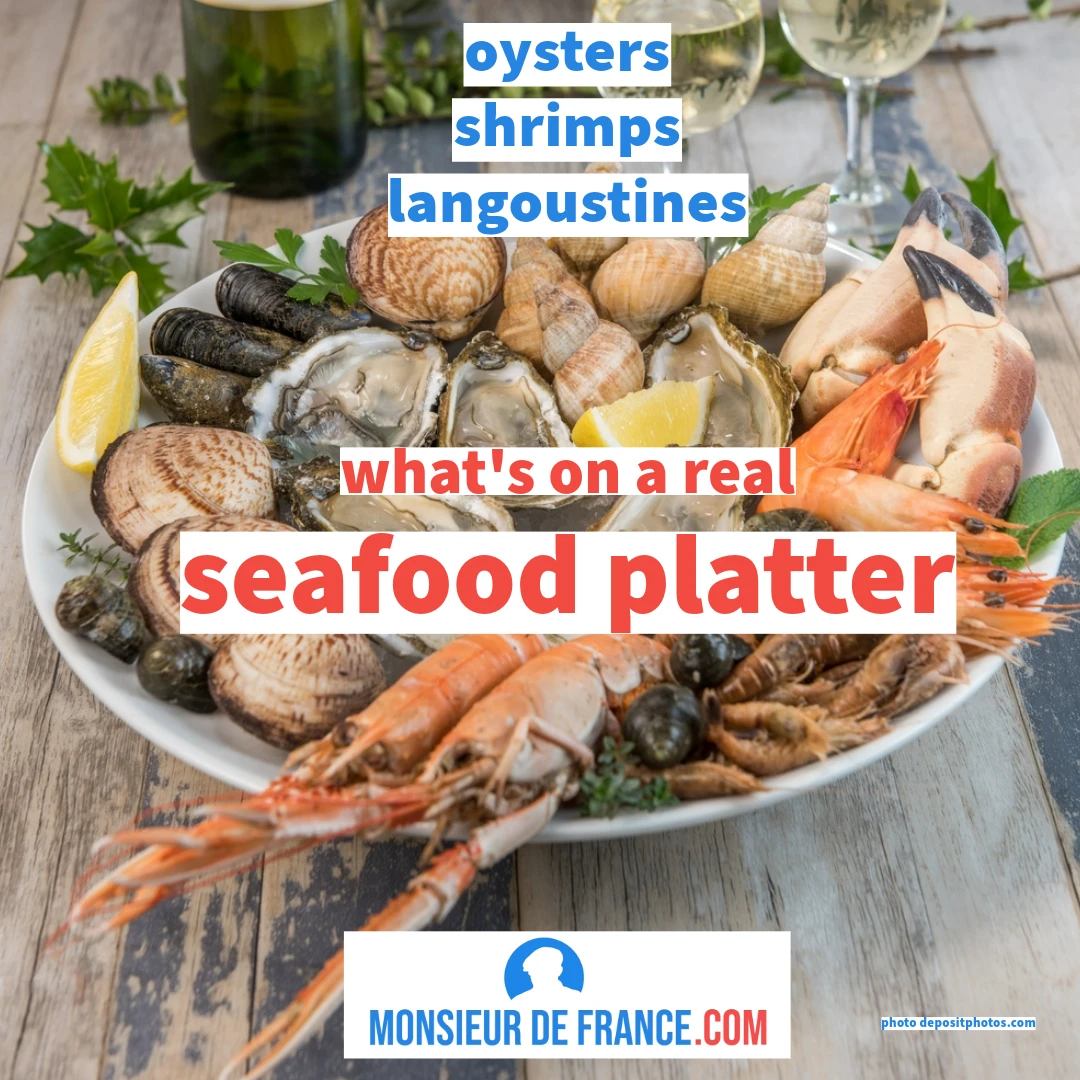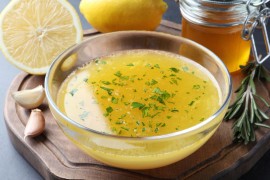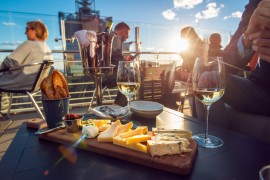Summary of this article
In this article, I talk about how to enjoy oysters in France, combining tradition and gourmet pleasure. You will discover the French ritual: opening them carefully, savoring them very fresh, accompanied by lemon or pickled shallots. I also mention that simple pleasure: sharing them with friends or family, with good bread and butter. And of course, I tell you how the French often pair oysters with a glass of white wine to enhance their delicacy. A French way of life, full of discreet elegance and conviviality.
Oysters: how to enjoy them the French way
un repas en bord de mer / Photo choisie par monsieurdefrance.Com : depositphotos
Here is an authentic journey into France’s oyster culture: history, regions, tasting ritual, wines and that very French way of turning a simple shell into a celebration.
Humanity and oysters: an ancient love affair
Since humans first walked along the shore, we have been tempted by the sea. And perhaps nothing shows this better than the oyster — mysterious, humble, discreetly closed under its rough shell. One day, someone, a brave soul — decided to open it, to sniff it, and taste it. From that moment, the love story began. The Romans adored oysters and even invented early oyster-farming. During the Middle Ages they became humble fare, eaten near the coast, then returned in the Renaissance to the tables of nobles and bourgeois. Oysters have lived many lives — royal, popular, festive — just like France itself.
King Louis XV's oyster (and champagne) lunch at the Palace of Versailles. Illustration chosen by Monsieurdefrance.com: painting by Jean-François de Troy (1735).
In France: from royal delicacy to everyday pleasure
Louis XV loved oysters, and at Versailles they sometimes arrived faster than the royal letters. Soon, oysters were not only a luxury — they became a French reflex, a ritual of sharing. In the 19th century, France shifted from flat oysters to the now-popular attlantic oyster, while the legendary flat “belon” of Brittany remained like a treasured cousin — rarer, deeper, almost mysterious.
The regions of French oysters: tastes of the sea
Each French coastline gives the oyster its own accent, as a region gives colour to a wine.
A few oysters, a squeeze of lemon for those who like it... What more could you ask for? Photo chosen by Monsieurdefrance.Com: Natalia Lisovskaya / Shutterstock.Com
Brittany
Salty, strong, with a noble depth — especially in Cancale, where locals can tell you which oyster was picked at which tide.
Normandy
Bright and briny — the Utah Beach oyster is a favourite: lively and honest.
Charente-Maritime / Marennes-Oléron
Home of the refined “fines de claire” and “pousse en claire”, matured slowly for elegance.
Vendée & Atlantic coast
Energetic oysters with clarity — like a fresh wind on your tongue.
Arcachon Basin
Sun-softened, clean and gentle — oysters that seem to have stored a bit of summer inside.
Mediterranean
Slightly warmer, slightly sweeter — a different personality altogether.
France produces around 130,000 tonnes of oysters per year, which means: this country truly lives with the sea.
Oyster sizes — learning the French code
The larger the number, the smaller the oyster — yes, it’s backwards!
Most French people choose size 3 — it is the happy medium between flavor and fullness.
Are oysters good for you?
Oysters are full of minerals and very low-calorie.
Fresh, light, full of iodine — they seem made for both appetite and well-being.
And yes… French folklore gives them a tiny reputation for stimulating romance — ask no more…
The finest French oyster varieties
Every French region has its star.
- Gillardeau — smooth, subtle, almost sweet.
- Pousse en claire — long-ripened, elegant, lingering.
- Utah Beach — vivid, brisk, beautifully upright.
- Isigny — sturdy and marine.
- Cancale flat oyster — strong, ancient, unforgettable.
Tasting oysters is like travelling through France — not by train, but by tide.
A few freshly opened oysters / photo chosen by Monsieur de France: by kaleido-dp from Pixabay
How to open oysters — carefully and calmly
Wrap your hand in a cloth.
Take your time. No rush, no panic.
The shell will eventually give way.
Discard the first water — the oyster will create a new, purer one.
This is not just technique — it is respect.
How to eat oysters — the French way
You need to remove the oyster from its shell, using a small knife, for example.
Open them minutes before eating.
Do not slurp loudly — the oyster deserves grace.
Let it glide, chew gently, discover the sea inside.
A touch of lemon? Yes, if you wish.
Shallot vinegar? Lovely.
Natural, unadorned? Often — the purest.
What to drink with oysters
Always serve oysters with a dry, chilled white wine. Illustration chosen by monsieurdefrance.com: Shutterstock.com
White wine only — crisp and dry.
Muscadet, Chablis, Sancerre — faithful companions.
Alsatian Sylvaner — discreet perfection.
Champagne — of course — France likes to sparkle.
Seafood platters and mussels — widening the feast
Oysters rarely arrive alone in France.
They travel with shrimp, crab, langoustines, clams, winkles…
the great French “plateau de fruits de mer.”
And along the coasts, steaming bowls of mussels cooked with white wine and shallots fill the air with aromas that take you straight to a harbour sunset.
Oyster vinaigrette — a small French secret
Finely chopped shallots, vinegar, pepper, salt, oil:
a tiny bowl of alchemy
that enhances without masking.
Storing oysters — respecting the living shell
Fresh is ideal.
Keep cool (5–10°C).
And if they were opened by the fishmonger — enjoy them the same day.
FAQ — real questions from curious travellers
Do oysters taste different depending on where they come from?
Absolutely — terroir exists even in the sea.
Are oysters safe to eat raw?
Yes, provided they are fresh and well-stored.
Should I chew the oyster or swallow it whole?
Chew — that is when the oyster reveals itself.
Why do the French eat oysters at Christmas?
Because in France, Christmas tastes like the sea.
Can I eat oysters if I’ve never tried them before?
Yes — and the first one is always a memory.
Can I eat oysters without lemon?
Of course — many purists insist on tasting them completely natural.
Alcohol abuse is dangerous for your health, consume in moderation.

